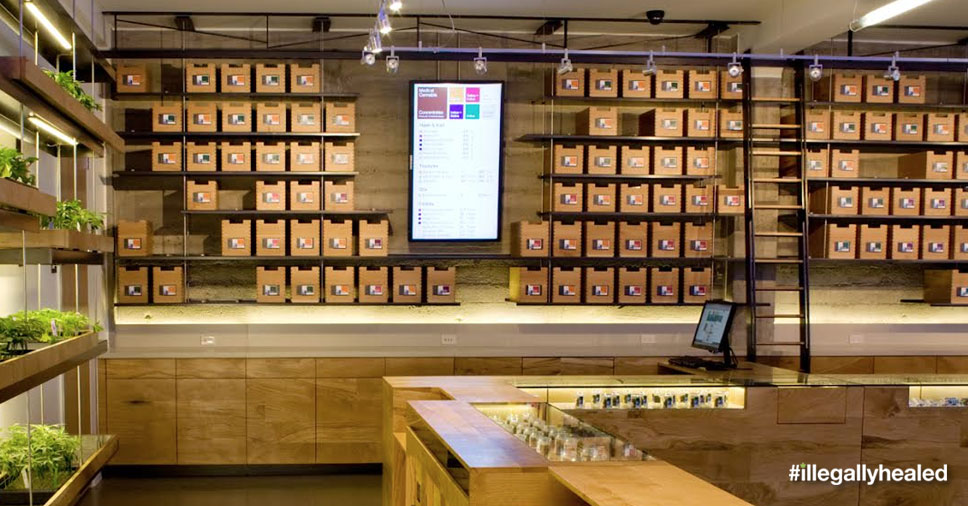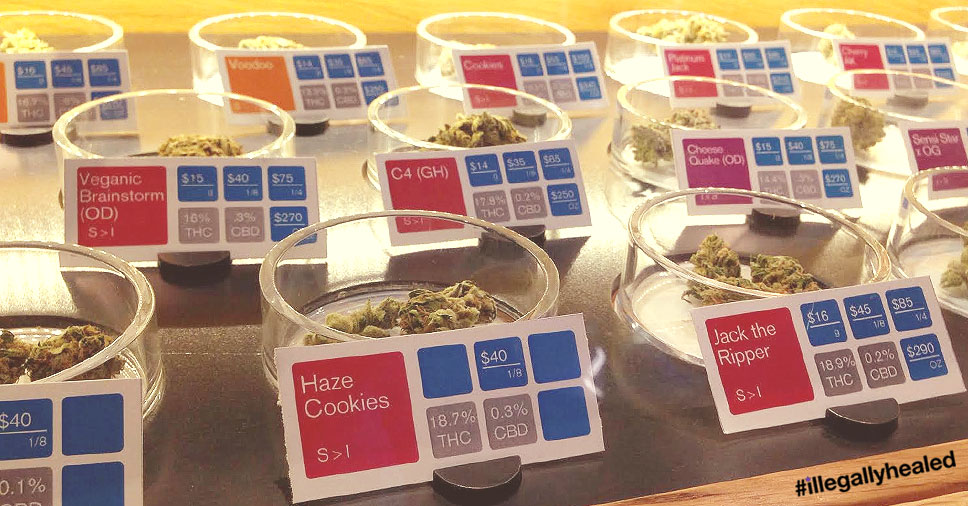Although there are still a lot of things we don’t know about cannabis, what we do know is this; it is most effective consumed in whole-plant botanical formulations (versus isolated CBD or THC), it cannot kill you, and it is generally safer than the bulk of pharmaceutical drugs on the market. All of this has drawn a lot more people to consider using cannabis as a medicine.
If you have used cannabis before, the transition into treating it as a medicine is not a hard one to make. Those who have prior experience with the substance, even if it wasn’t under the advisement of the doctor will have an idea of what to expect and how it affects them personally.
If you have never tried it before and/or you have anxiety associated with using it, you may feel paranoid and anxious. There are ways around this but it is important to understand a couple things first; there is no perfect strain for you and there is likely no correct regimen.
There are various strain guides online and no shortage of internet “experts” ready to tell you they have the “magic strain” that will solve all of your problems. While it is tempting to believe there are easy answers like that out there, you will find there really are not.
Cannabis, unlike a pharmaceutical drug, is a botanical plant with over 400 variable active compounds that create its diverse effects. Unless the plant is cloned, like humans, each seed will be genetically unique and grow up differently depending on the farmer nurturing it. This means consistency will waver from harvest to harvest, farmer to farmer, and seed to seed, no matter what strain name it is being sold under.
No one strain is the right strain for anyone.
Many patients seek a standard regimen or strain for their condition. Unfortunately, that is not a good way of deciding how to use medical cannabis either. Your body is unique, and pharmaceutical treatment for your disease varies from patient to patient too. There are no studies or doctors that can truly dial in the exact plant formulations and dosages you personally need, but a good doctor will be aware of the plant’s varying effects and the available studies and help guide you to a plan that is best for you.
While standardization is great for pharmaceutical drug patenting and profits, it is the enemy of proper medical cannabis use. Pharmaceuticals are usually made up of one standard drug compound (often stolen from nature, called “biopiracy”) responsible for its effects which are rigorously tested before being made available to the public.
Pharmaceutical opiates, for instance, are an example of the effect of a medicinal plant found in nature (poppies) being reduced down to a single compound (opiate) that are assumed fully responsible for its effects. Over time, the patient becomes tolerant to that single compound and must use more of it to produce the same medical effects.Tolerance can lead to physical addiction, which it often does with pharmaceutical opiates.

What is great about all the endless varieties of cannabis, for patients, is that when a patient feels tolerant to one “strain” they need only switch up the strain, not necessarily increase the quantity, for it to be just as effective.
So with that knowledge in tow, when buying medical cannabis for the first time, how do you make a decision on where to start?
- Identify your symptoms. You may have a diagnosis of cancer or an autoimmune-like fibromyalgia. If you were seeing a doctor seeking pharmaceutical treatment, they would ask about your specific symptoms and prescribe drugs in varying dosages to treat them. For example, a patient with fibromyalgia is trying to treat a range of symptoms, including pain, nausea, fatigue, insomnia, anxiety, and depression. Identifying these is the first step to picking out cannabis varieties to try.
- Find an informed “budtender” and don’t be afraid to ask a lot of questions. If you are in a state where cannabis dispensaries are legal, the person behind the counter that is there to help you is called a “budtender” or “patient consultant”. Don’t be embarrassed to ask them a lot of questions before you choose how to spend your money. A good budtender will not make you feel “uncool” for not knowing, will admit to what they don’t know, and will easily be able to tell you the predicted effects of different strains. A good budtender will get to know you personally and learn your preferences and needs too. Feel free to call the dispensary before you go and ask questions before entering the shop, not all of them carry the same products or even have knowledgeable staff.
- If it is your first time, start with inhalation. I know, the cultural stigma of “smoking” and “vaping” may be a turnoff to you. Forget about it, really. If you choose to eat an edible or take a capsule for the very first time you may find the effects to be overly intense, and like putting salt on your food, you can’t take it off but you could always add more. Start with inhaling vapors (or smoking if you aren’t opposed). You will feel the effects of small doses immediately and know if you should go in for more (sprinkling more salt to taste). This is called titration, and the best way of experiencing the right dose on your first time. If you are treating a pediatric patient or are simply unable to inhale, use an edible, oil, or tincture and use the same titration process. A nice small dose to start with would contain 1mg-2.5mg of THC. Wait at least 90 minutes to experience the effects before deciding to take more.
- Take detailed notes: No one can tell you how a strain will affect you (although they can give you a broad idea of how it affects others). Take notes not just of the strain name, but the farm it was grown on and the dispensary that sold it. The name itself is mostly irrelevant in your pursuit for what works for you, but the smells, flavors, and tastes are not, so make sure to note all the details of the buds themselves as well as the personal effects.
- Have a backup rescue: While some of us have no problem with the effects of cannabis, it can be a little intense for new users and sometimes they will find themselves anxious, paranoid or uncomfortable with the experience. Caffeine, a meal, and a brisk walk are natural antidotes to this, but if you need something fast acting, have some citicoline on hand, which will block the “high” completely and take you out of it. Mary’s Medicinals makes a great citicoline-based product, Mary’s Rescue, for when you feel you have ingested too much. Most importantly, remember it won’t harm you and the feeling will pass.


Comments 1
This can be a rhetorical issue, anything to ponder
over and consider.